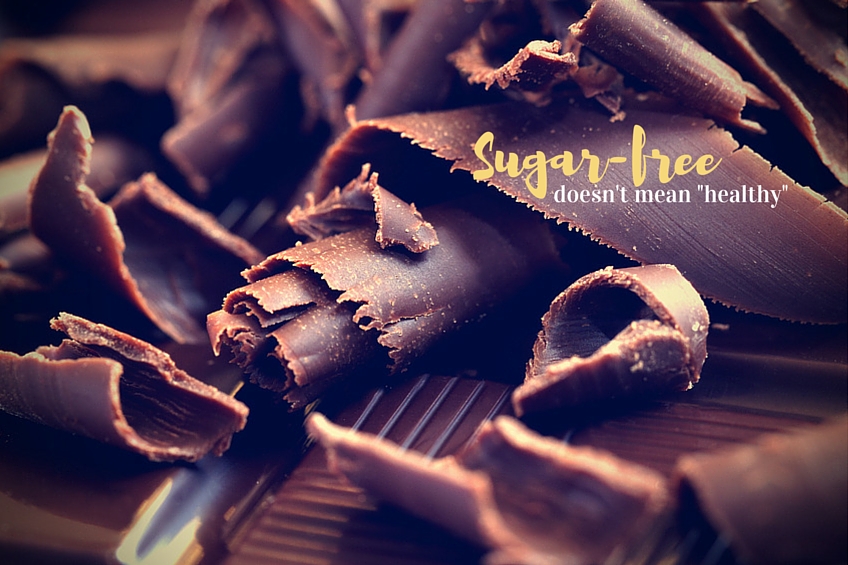Grocery stores today are flooded with a variety of sugar-free products marketed to people with diabetes and those trying to lose weight, but you’d be surprised to learn that sugar free is not always the best option.
Why?
Sugar free does not mean carbohydrate free or calorie free, said Betsy Oriolo, a registered dietitian and certified diabetes educator at St. Elizabeth Physicians’ Weight Management Center in Florence.
Sugar-free products are made with sugar alcohols, which give the sweetness of sugar with, often, fewer calories. But just how much less is the question.
See the products listed below:
Hershey’s Sugar-Free Chocolate Candy (miniature chocolate bars)
Nutrition information: 5 pieces (40 grams) contain 170 calories (34 per piece), 13 grams fat, 8 grams saturated fat, 0 grams sugar, 21 grams sugar alcohols, 2 grams fiber
Regular Hershey’s Chocolate Candy (miniature chocolate bars)
Nutrition information: 4 pieces contain 210 calories (53 per piece), 13 grams fat, 8 grams saturated fat, 23 grams sugar
Reese’s Sugar Free Peanut Butter Cups
Nutrition information: 5 pieces contain 180 calories (36 per piece), 13 grams fat, 6 grams saturated fat, 20 grams sugar alcohols, 0 grams sugar
Reese’s Peanut Butter Cups
Nutrition information: 5 pieces contain 220 calories (44 per piece), 13 grams fat, 5 grams saturated fat, 26 grams carbohydrate, 23 grams sugar
The regular Hershey’s bar has the same amount of fat and only 19 calories more per piece than the sugar-free bar.
The regular Reese’s Peanut Butter Cups only have 8 calories more per piece than the sugar-free bar, the same amount of fat and, actually, less saturated fat.
The saturated fat is coming, primarily, from cocoa butter. The majority of our daily fat should be coming from unsaturated fat sources, however.
“Sugar-free products often are higher in unhealthy fat than regular fat, and worse for heart health,” Oriolo said.
Sugar-free products also are known to have a different flavor and, sometimes, a different texture.
The sugar alcohols you may recognize on the food labels of sugar-free products include sorbitol, mannitol, xylitol and isomalt. Only a portion of these sugar alcohols are digested and absorbed, so what that means for people with diabetes is a steadier blood sugar level after consumption. Sugar alcohols are known to have a laxative effect, as well, causing gas and diarrhea, especially in children.
Also, Oriolo said, many people view sugar-free or fat-free options as a way to eat more of something, but that’s not the case.
“Always practice portion control,” she said. “Fat-free options are often deceiving because when they take out the fat, they usually put in more sugar.”
And, sugar-free options generally cost more than their regular counterparts.
“The biggest thing to note is that some sugar-free options are lower calorie but not all of them are, and, among the ones that do have fewer calories, it’s usually not a significant difference,” Oriolo said. “It’s sometimes a lose-lose situation. I recommend eating the regular options but in moderation. It will be easier on your wallet and, often, easier on your waistline.”


